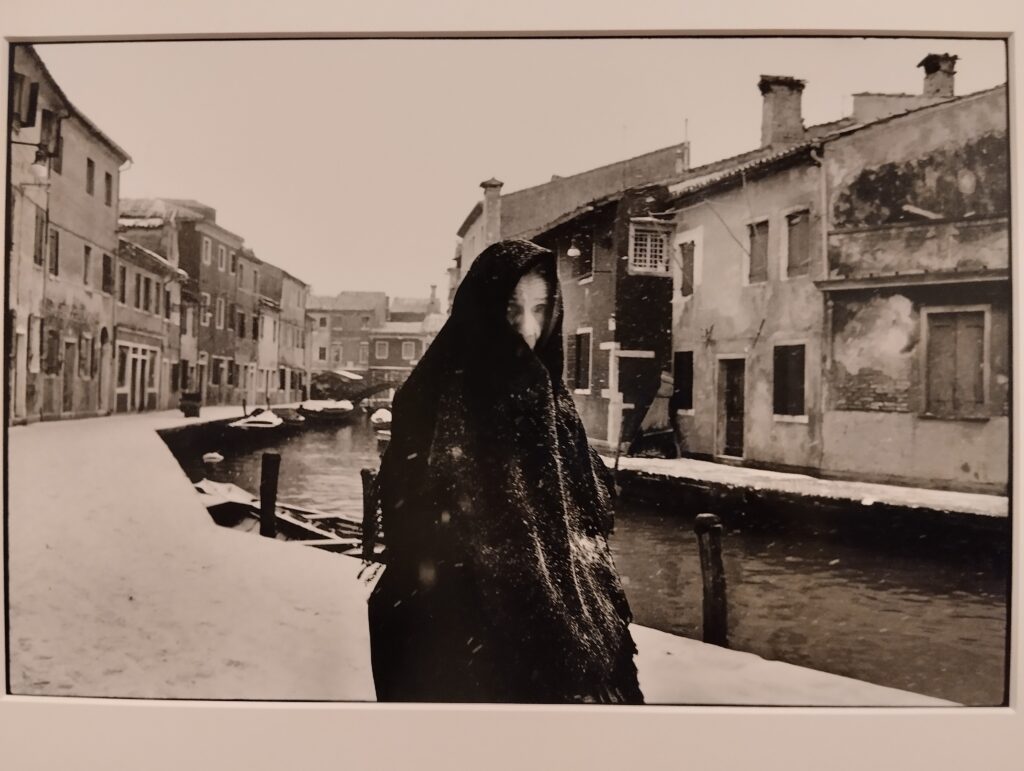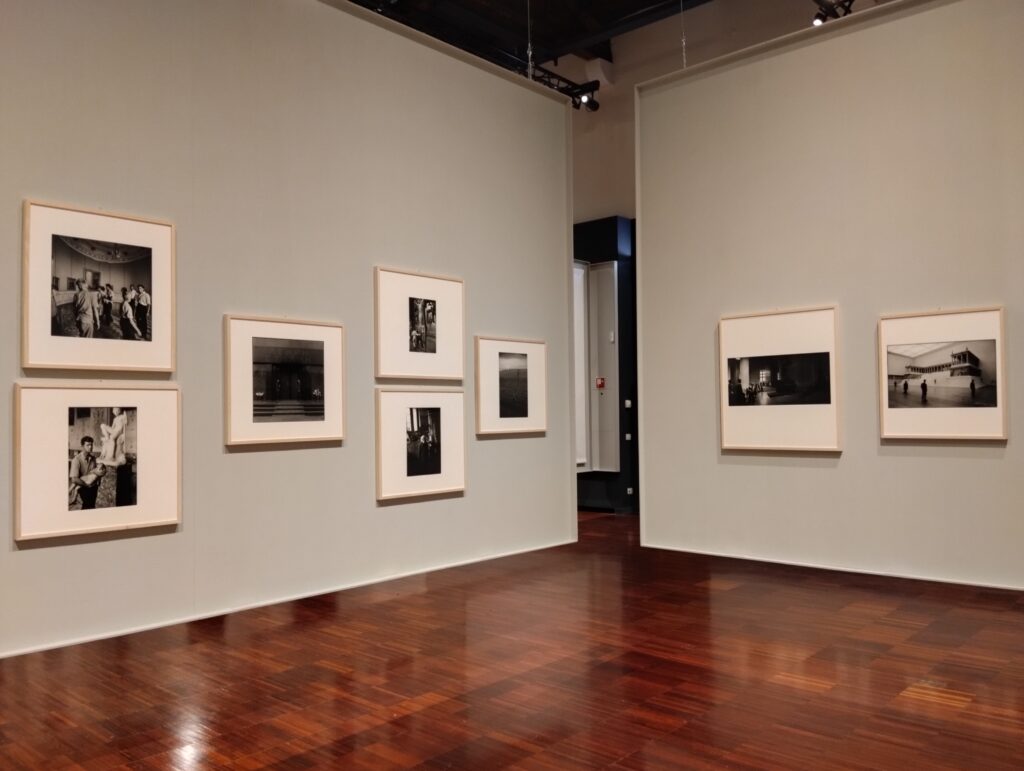
Ugo Mulas was one of the great Italian photographers of the 20th century, becoming famous for his photographs of celebrities, particularly artists, although he embraced many genres.
Venice and then Milan, Le Stanze della Fotografia (‘Ugo Mulas, testimone del suo tempo’) the Palazzo Reale (‘Ugo Mulas, operazione fotografica’) dedicated an exhibition to him, which, held in Venice in 2023, was partially re-proposed in Milan, where it will be on display until January 2025.
Curated by the same historians, Denis Curtis and Alberto Salvadori, the Ugo Mulas exhibition has changed its title in Milan (where it has also been expanded) to “Operazione fotografica”.
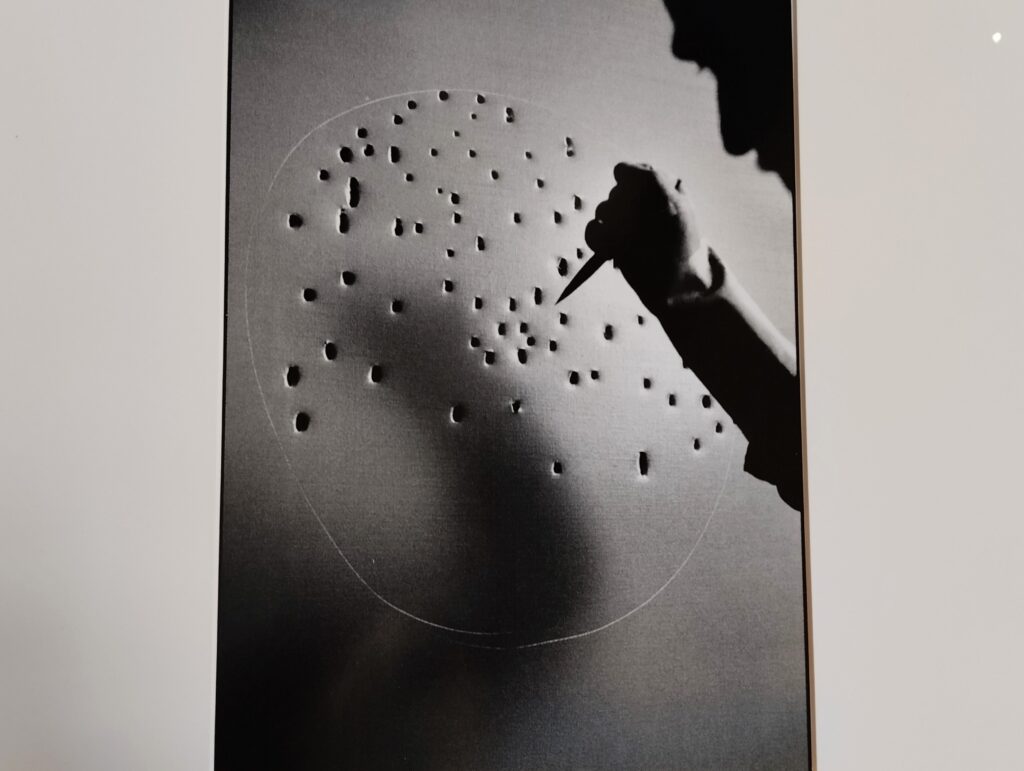
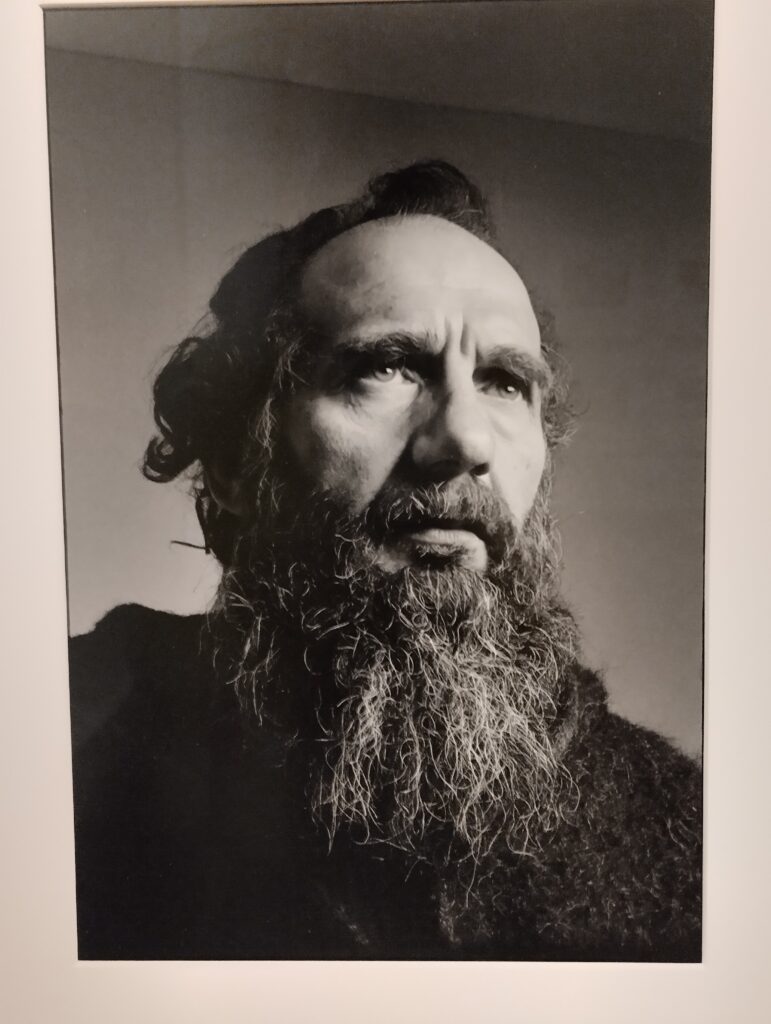
The Stanze della Fotografia in Venice
The Stanze della Fotografia is the institution that ideally continues the activity of the Casa dei Tre Oci in Venice, which was for many years the home of photography in Venice and which was recently sold by the Venice municipality to the Berggruen Foundation, in a project supported by the Cini Foundation and Marsilio Arte. Denis Curtis, the curator of many exhibitions, was the artistic director of Casa dei Tre Oci.
Fifty years after the death of Ugo Mulas, which occurred on March 5, 1973, a season of celebrations dedicated to this great Italian photographer begins.
Ugo Mulas was an atypical photographer who spanned the 20th century. He sought beauty in imperfection and action, in his photos he did not ask the subjects to “pose,” although sometimes it was necessary for professional reasons, but this was done without forcing, resulting in spontaneous action.
His portraits of famous people, to which a good part of the exhibitions is dedicated, are actually images obtained by mixing lights and shadows, with chiaroscuros sculpting the softness and roughness of the faces.
The development of the exhibition is thematic. The Stanze della Fotografia, so called because they are adjacent to the Stanze del Vetro, are large spaces that can be divided into rooms, allowing for an extensive and articulated path.
The photos on display by Ugo Mulas come from the Mulas archive, the catalog is by Marsilio, and the co-curator of the exhibition is Alberto Salvadori with Denis Curtis.
The exhibition includes 50 vintage prints by Ugo Mulas, meaning prints made shortly after the shots were taken, other prints are modern or undated, some are unpublished and made specifically from negatives for the exhibition.
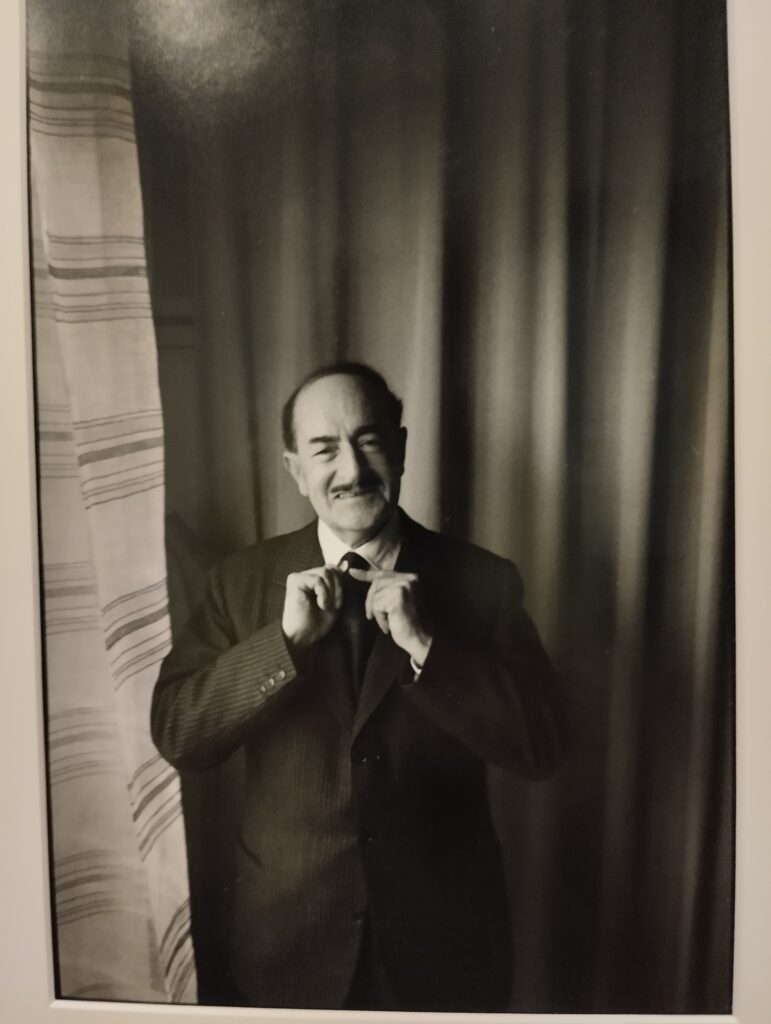
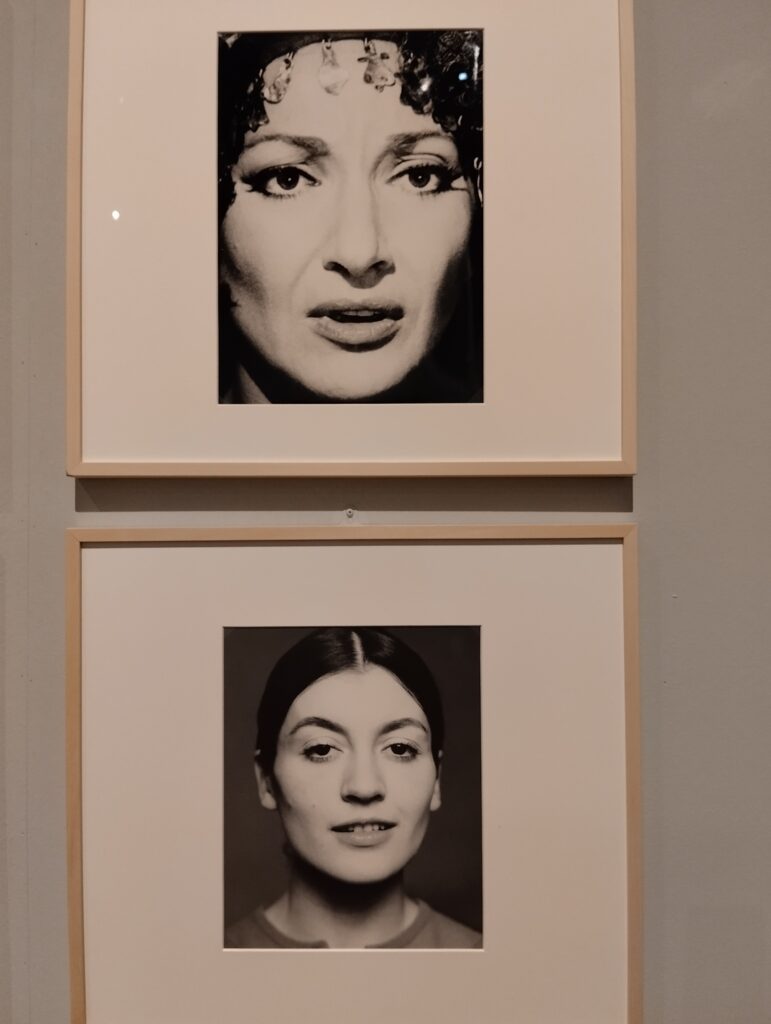
Ugo Mulas, the Photographer of Celebrities
Some photos by Ugo Mulas are very famous, such as those of Marcel Duchamp, who was his friend, and are contemporaneous with the shots, as are the frames and the choice of original paper, all options chosen by the photographer himself.
Even the texts of the captions are original by Ugo Mulas and are taken from his writings because he used to complete his work with a text.
The exhibition research ranges from the empty space, where ideally the unmade photo is located, to the study on negatives and photos with positives and negatives of the hands that show how his work connects to many research of contemporary artists.
Few photographers wrote texts about photography like Ugo Mulas, but unfortunately, he fell ill too soon, and many of his texts and photos that he himself had curated were published when he was no longer able to shoot, using his archive material.
Ugo Mulas was the photographer of the art world, and this aspect is well represented in the exhibition: the Venice Biennale, the great artists of the 20th century. You can see the photos that marked his friendship with Alexander Calder, the shots with Lucio Fontana, Emilio Vedova, Marc Chagall, Alberto Giacometti, but he tackled all photographic genres.
The famous photos of Lucio Fontana cutting the canvas were actually a performance staged for him; photography became a set-up because his work sometimes showed what the photographer wanted us to see, reflecting the plurality of his approach.
Born in Pozzolengo (Brescia), Ugo Mulas soon moved to Milan and became a photographer almost by chance. In Milan, he represented the cafe of young artists in Brera, like Piero Manzoni, the same cafe that you can still find near Brera today.
He also wanted to see American artists in the United States, despite not speaking English, and upon returning from the United States, he published a book with photos where he used a 28mm lens, that is, a wide-angle lens. This was an atypical choice that greatly impressed friends Ferdinando Scianna and Gianni Berengo Gardin. It was an innovation he adopted both for reportage and for practical reasons, finding himself photographing large spaces, with the idea of being able to “embrace” the artists with the photographic medium.
The contemporary art critic and historian Germano Celant called him ‘the critical photographer of Pop Art’. Later, Ugo Mulas worked for major Italian companies like Olivetti, but also in theater and fashion with Vogue.
Venice, November 2024
Fiorella Pagotto — I am an art historian and writer, author of essays on the history of Venetian art, biographies of artists, and an official guide of the city of Venice.
@ Copyright holder 2024 All rights reserved. No part of this publication and pictures can be reproduced, stored in a retrieval system or transmitted in any form or by any means, electronic, mechanicanical or photocopying, recording, or otherwise without the prior permission of the publisher.
